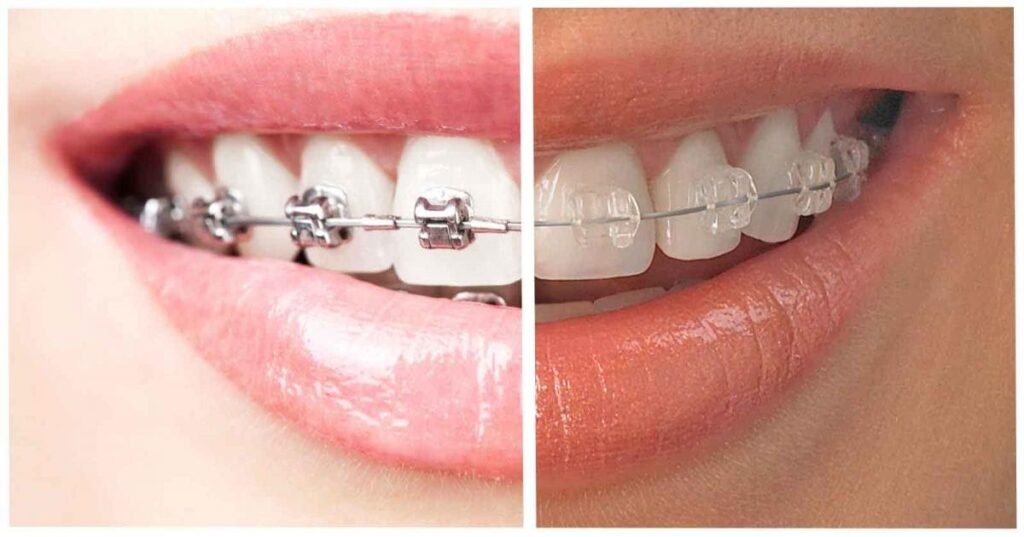Embarking on the journey to achieve a perfect smile with braces is a transformative experience for both children and adults. The world of orthodontics has evolved to offer various solutions to correct crowded, crooked, or misaligned teeth, as well as issues with the jaw or malocclusion. This guide takes a closer look at how braces work their magic and the array of options available to meet diverse needs and preferences.
The Mechanics Behind Braces
Braces are a marvel of dental technology, designed to apply consistent pressure to teeth, gradually guiding them to their ideal alignment. This not only enhances the aesthetic appeal of a smile but also addresses functional issues, such as bite alignment, which, if ignored, could lead to more complex dental challenges. While braces are commonly associated with adolescence—a prime time for orthodontic treatment due to the growing jaw and teeth—adults are also turning to braces to realign their smiles, proving that it’s never too late to seek improvement.
Navigating Through the Types of Braces
Metal Braces: Time-Tested and Reliable
Metal braces, with their distinctive brackets and wires, are a traditional route to straightening teeth. These braces involve metal brackets glued to the front of each tooth, connected by an archwire. This wire is the force behind the movement, gently coerced into place by periodic adjustments. Elastic bands, or ligatures, attach the archwire to the brackets, adding a pop of color to one’s oral hardware. Despite their visibility, metal braces remain a favored choice for their effectiveness and durability.
Ceramic Braces: Blending In with Your Smile
For those seeking a more inconspicuous option, ceramic braces offer an aesthetic alternative. These braces mimic the color of natural teeth, making them far less noticeable from a distance. Like their metal counterparts, ceramic braces use brackets and wires to shift teeth into place, combining efficiency with a more subtle appearance.
Beyond Traditional Braces: Exploring Other Options
The realm of orthodontics also includes innovative solutions like lingual braces, which are affixed to the back of the teeth, rendering them invisible from the front. This option is ideal for those prioritizing aesthetics during their treatment.
The Final Touch: Retainers and Aligner Trays
Following the removal of braces, retainers and aligner trays play a crucial role in maintaining the newly achieved alignment. These devices ensure that teeth remain in their new positions, solidifying the results of the orthodontic treatment.
Conclusion
The path to a perfect smile is a personal and transformative journey, with braces serving as a trusted companion. Whether you opt for the traditional strength of metal braces, the discreet charm of ceramic options, or the innovative approach of lingual braces, the outcome is a healthier, more aligned smile. Embracing braces is a step toward not only enhancing your appearance but also improving your dental health for years to come.



